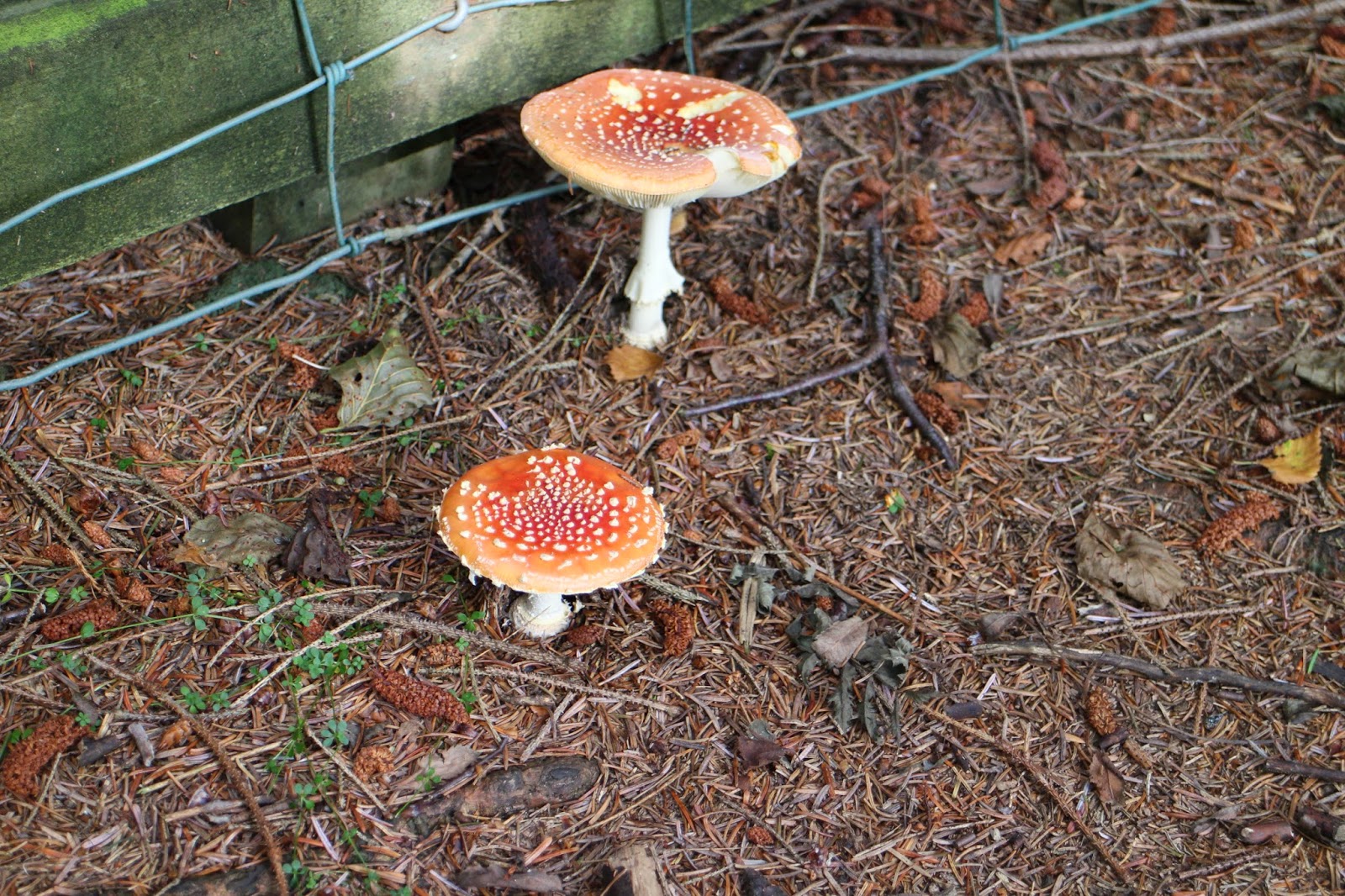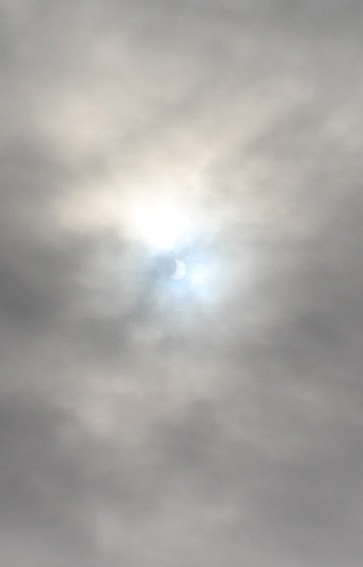Such illusions, depending on how the eye is placed and used, drive home the truth that our habitual vision of things is not necessarily right; it is only one of an infinite number, and to glimpse an unfamiliar one, even for a moment, unmakes us, but steadies us again.
The living mountain - Jan Shepherd
This of course reflects that moment when you wake up from a dream, and the brain has to race to where you are, for the dream is so much stronger, the perception of the moment locked in that dream world. My dream world always takes me on miserable walks through towns full of people,(something I hate) lost and normally having a child with me and then into the countryside. The dream continues, escaping on buses to an unknown destination, but never arriving in the dream, Perhaps it reflects itself in my life, a need for security and the sanctity of a 'forever place'.
But then the eye often sees something, often happens when looking into the distance, the brain then makes an attempt to identify, and suddenly we find a false image has been cast by the mind's eye, the visual eye will then rectify the mistake, that moment of reality making sense of the world.
Below are two photos, I suspect a good photographer would have grasped, the loneliness of that tree, surviving in the moor's inhospitable climate, perhaps instead of waiting for the partial eclipse I should have walked up to it. It is on a brow of a hill, or at least a slight rise in the ground, Penny's owner, walked to the top and disappeared from view, one knows that greyhounds do not like long walks, being happy for a couple of 10 minute walks a day and choosing to sleep the rest of the day. When Penny came back to the car ahead of her owner, she whined at LS obviously hoping he would open the car door for her.
But of course there are other things to read in the photos, the rushes silvered by the sun, it tells me what I already know, that water lies under the surface, along with a rocky base that allows this thin vegetation of heather to survive. There is life of course, plenty of black grouse roam round, making their presence felt as they fly from one spot to another, croaking slightly. The skylarks are already settling down to nest, and there is the hidden presence of curlews making their moor music. No sheep on this part of the moor this time around, but if you look at the tussocky grass, this is the place you will find them grazing. Some, poor things graze on their knees their front feet to painful to stand on, I saw a solitary sheep on its knees and I imagined its lonely death but that is the way of life in remote parts.
When we were at Church House, I saw a couple of buzzards over the fields making their slow spiralling flight on a thermal, and for that moment I took pleasure in this, my 'totem' bird, making its presence felt in my view. Across the road, lives Nigel with a small flock of hens and a rather noisy cockerel. A retirement to the country to raise a few sheep and hens, think he comes from Guisborough but chatty enough as a neighbour.


I took the Nan Shepherd quote from 'Landmarks' written by Robert Macfarlane. Bought at Whitby book shop for a discounted £16 last week. I am having certain reservations about Macfarlane, he often quotes the same story in his books. Landmarks is again quoting Nan Shepherd's book which I have read about the Cairngorms, though passed it on in a book swap. Do so hate to pay for something I have read before;) But this book is about words, those that pass out of use to describe the elements, the land and everything appertaining to it. So Gaelic, Welsh,Cornish and Old English. Not words one would necessarily use oneself of course, but like the snow of the Eskimos which has a hundred words, so it is with descriptive words of how water is seen or not seen but heard in a variety of tones. It reminds us that once when people did not read, language was rich in imagery and detail.











.png)






































